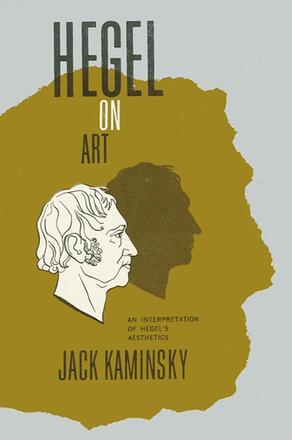
Hegel on Art
An Interpretation of Hegel's Aesthetics
Alternative formats available from:
Description
Professor Kaminsky's lucid exposition is, surprisingly, the first attempt in English to deal extensively and critically with Hegel's views on art, as outlined in his difficult volumes on that subject. Hegel on Art thus performs a needed service for those interested in either the philosophy or the history of the fine arts.
Hegel's idealistic metaphysics was the last European endeavor to construct a universal philosophical system on the traditional pattern, and to modern readers it can easily appear more imposing than useful. But in his examination of art, according to Professor Kaminsky, the German philosopher became "the most empirical of the empiricists," and his observations can be valuable to us quite independent of our commitment to his metaphysics.
Moreover, as Professor Kaminsky shows, Hegel's metaphysical framework does give him an advantage not available under the rigorous skepticism of today's positivist or symbolist: he can recognize that art mirrors the world of action, and so can provide it with objective validity. As the author concludes in Hegel's defense: "It may well be that only art can be used to communicate the important episodes that happen to us or others. ...Without art, we lose one of our great sources of information as to who we are and what we ought to do. "
Reviews
"Apart from the metaphysical structure it was designed to support, Professor Kaminsky believes that the Hegelian aesthetic has meaning to aestheticians today. He turns from the generally accepted notion that German idealism found in Hegel is the first significant exponent of the critical history of art to look for meaning in Hegel's exceptional erudition and the 'endless series of problems in art with which Hegel was concerned. ' What is most important is that he succeeds in the difficult task of summarizing Hegel's aesthetics in a clear, well-balanced text which follows the historical lines set down by the philosopher. His work is the most extensive study of the subject available in English. " — Library Journal